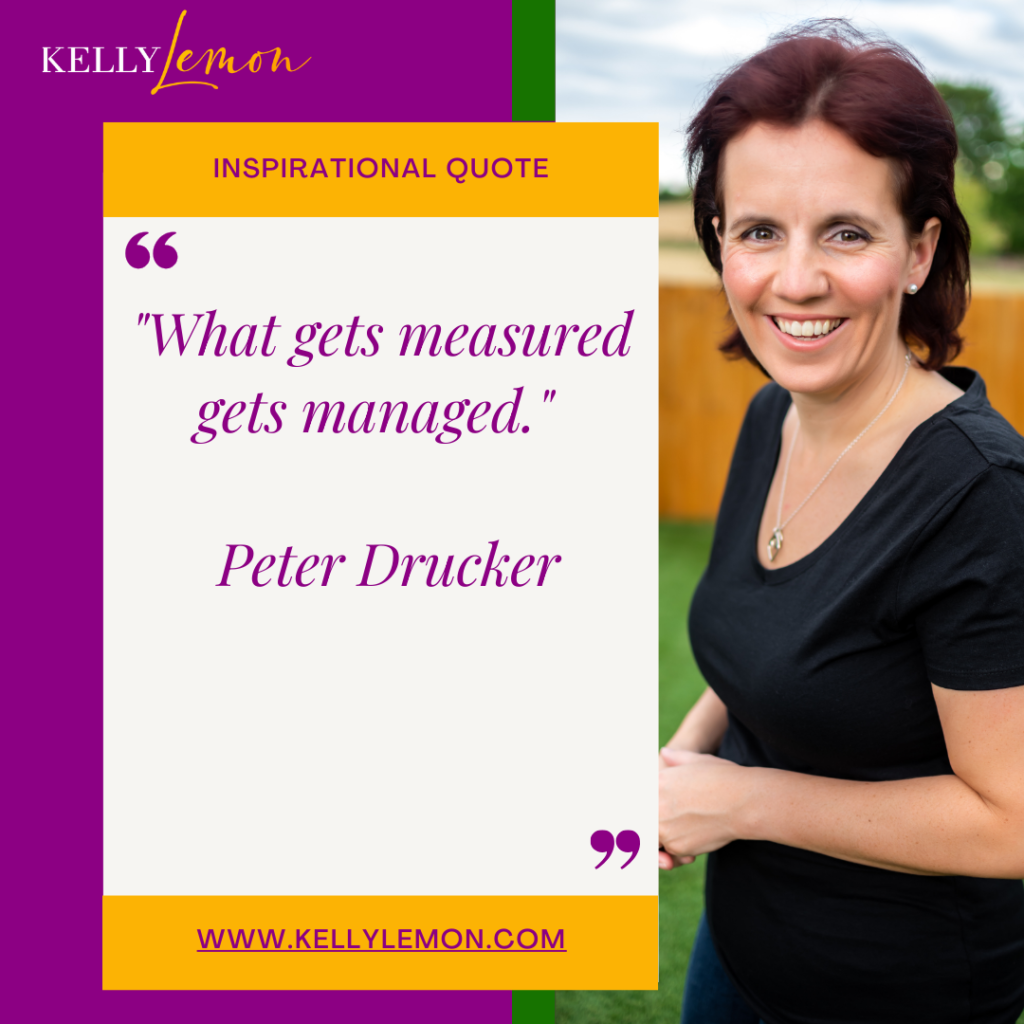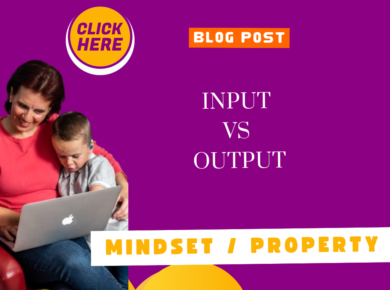For many of us, setting annual goals feels like a natural part of planning. A fresh year inspires us to dream big and outline what we’d like to achieve by December. But here’s the truth: annual goals often fail. They’re too long-term, too abstract, and far too easy to push off until later in the year. It’s no wonder so many people abandon their resolutions within the first few months.
This is where the concept of the 12-week year comes in. By breaking your goals into quarterly chunks, you create a sense of urgency, focus, and momentum that annual planning can’t provide. Personally, I’ve embraced this approach not just for business but for family life too. Let me share why this works and how you can use it to make meaningful progress in all areas of your life.

The Parable of the Marathon Runner and the Sprinter
There was once a marathon runner and a sprinter who were both tasked with delivering messages across a vast city. The marathon runner approached the task with a steady pace, confident they had plenty of time to reach their destination. They stopped for breaks, chatted with friends along the way, and put off the final leg of the journey until the very last minute. As a result, they barely made it on time, exhausted and frazzled.
The sprinter, on the other hand, broke their journey into shorter bursts. They set clear checkpoints and raced from one to the next with focus and determination. Each sprint felt achievable, and by the end of the day, they not only delivered the message on time but with energy to spare.
Annual goals are like the marathon runner’s approach—slow, sprawling, and often procrastination-prone. The 12-week year transforms your planning into the sprinter’s method: shorter, sharper, and far more effective.
Why Annual Goals Don’t Work
The biggest issue with annual goals is the illusion of time. When you give yourself a full year to achieve something, it’s easy to put it off. You think, “I’ve got plenty of time,” until suddenly, it’s December, and you’re scrambling to tick boxes.
Annual goals also lack the urgency that drives action. Without a sense of immediate deadlines, motivation wanes. This is especially true for big goals that feel overwhelming or ambiguous. Breaking them into smaller, time-bound chunks makes them far more manageable and achievable.
As Peter Drucker famously said:
“What gets measured gets managed.”
With 12-week goals, you measure and manage progress in real time, allowing you to adjust quickly and stay on track.
The Power of Quarterly Focus
One of the reasons I love the 12-week year is the focus it brings. At the start of each quarter, I set goals not only for my business but also for my family. We choose themes for the quarter—things we want to work on or improve. For example, one quarter we might focus on developing better homework habits. Another quarter might be about prioritising family fitness or planning more quality time together.
This system works because it narrows your attention. Instead of trying to do everything at once, you concentrate on a few key areas, giving them the energy and effort they deserve.
Chunking Down to the Next Step
Breaking your goals into quarters is only the first step. To truly avoid overwhelm, you need to go even further by chunking down. I like to think of annual goals as a staircase. Each quarter is a milestone—a key point on your journey—but to climb the staircase, you only need to focus on the next step.
For example, if your annual goal is to invest in six properties, your quarterly goal might be to secure funding and buy two. Chunking down further, your next step might simply be arranging three property viewings this week. By focusing on the immediate task, you stay productive without feeling overwhelmed by the bigger picture.
As Tony Robbins puts it:
“Setting goals is the first step in turning the invisible into the visible.”
Chunking down ensures that your goals are actionable and achievable, one step at a time.

The Benefits of the 12-Week Year
Here’s why the 12-week year is so effective:
- Clarity: With just three months to work with, you have to prioritise. This forces you to decide what really matters and focus on it.
- Urgency: A 12-week deadline creates a sense of urgency that a year-long goal simply can’t.
- Adaptability: Life changes, and annual goals often become irrelevant by mid-year. Quarterly goals let you reassess and pivot as needed.
- Momentum: Shorter cycles mean you see results faster, which keeps you motivated and builds momentum for future goals.
How to Implement 12-Week Planning
- Set Clear, Specific Goals
Start by choosing one to three key goals for the quarter. Make them specific and measurable. For example, instead of saying “improve fitness,” set a goal to attend three fitness classes per week. - Create an Action Plan
Break each goal into smaller weekly tasks. What steps do you need to take each week to stay on track? Write them down and schedule them in your calendar. - Review Weekly
At the end of each week, reflect on your progress. What worked? What didn’t? Use these insights to adjust your approach for the following week. - Celebrate Wins
Don’t wait until the end of the quarter to celebrate. Acknowledge small wins along the way to keep your motivation high.
As Stephen Covey said:
“The key is in not spending time, but in investing it.”
My Experience with 12-Week Goals
Switching to quarterly goal setting has been a game changer for me. In my business, it’s helped me focus on the most impactful projects instead of getting lost in day-to-day distractions. For my family, quarterly themes give us something to work on together, whether it’s improving habits or planning fun experiences. The shorter time frame keeps us motivated, and the focused themes ensure we’re not spreading ourselves too thin.

Final Thoughts
The 12-week year is about more than just productivity—it’s a mindset shift. It forces you to be intentional with your time, focus on what matters, and celebrate progress along the way. Whether you’re looking to grow your property portfolio, improve your health, or strengthen your family bonds, this approach can help you achieve your goals more effectively.
If you’re ready to transform the way you plan and achieve, download my Property Investment Checklist for actionable steps that will keep you focused and on track. This checklist includes practical tasks to help you break down your goals and avoid feeling overwhelmed.
And don’t go it alone—join my community of like-minded individuals who are building their futures one step at a time. Together, we’ll share insights, hold each other accountable, and celebrate successes along the way. Let’s make the next 12 weeks the most productive yet.











